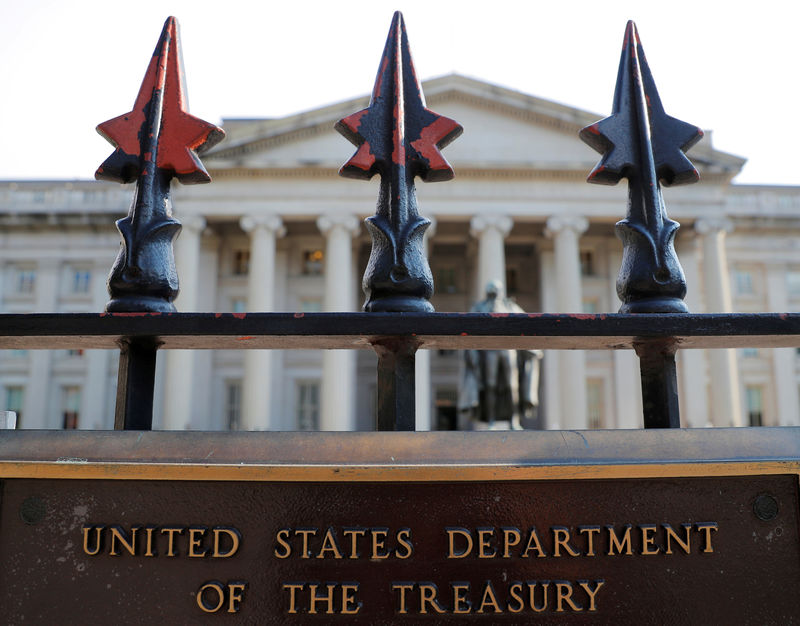(Bloomberg) -- Treasuries rallied from the open after a Beijing coronavirus breakout intensified concerns about a second wave of infections.
A burst of activity kick-started the Asia session, with signs of investors hedging against more risk-off moves by reaching for longer-dated bonds. The yields on the 10-year bond fell as much as four basis points while dropping up to six basis points for the 30-year debt.
China’s capital shut its largest fruit and vegetable supply center after dozens of people associated with the market tested positive for the virus, adding to concerns over rising infections in 22 U.S. states. S&P 500 futures dropped as much as 1.8%, leading a decline in Asian equities.
“The higher numbers in the U.S. that are starting to emerge have really fed fears about second waves, and the story about Beijing closing a large fruit and vegetable market has fanned that,” said Andrew Ticehurst, rates strategist at Nomura Holdings (NYSE:NMR) Inc. in Sydney. This has been driving the drop in long-end Treasury yields, he said.
Monday’s flattening move may have been supported by some funds bailing out of popular steepener trades, where investors bet that long-end yields will climb faster. Wall Street banks including Morgan Stanley (NYSE:MS), JPMorgan Chase (NYSE:JPM) & Co. and Goldman Sachs Group Inc (NYSE:GS). have all recommended some form of a steepener strategy.
Read: Morgan Stanley Rejigs Treasury Trades, Sticks With Steepeners
Traded volumes in Treasury futures were close to double the average for the first three hours of the day’s session. The 10-year yield were at 0.67% after declining to 0.66%, while the 30-year dropped to 1.42%.
©2020 Bloomberg L.P.
